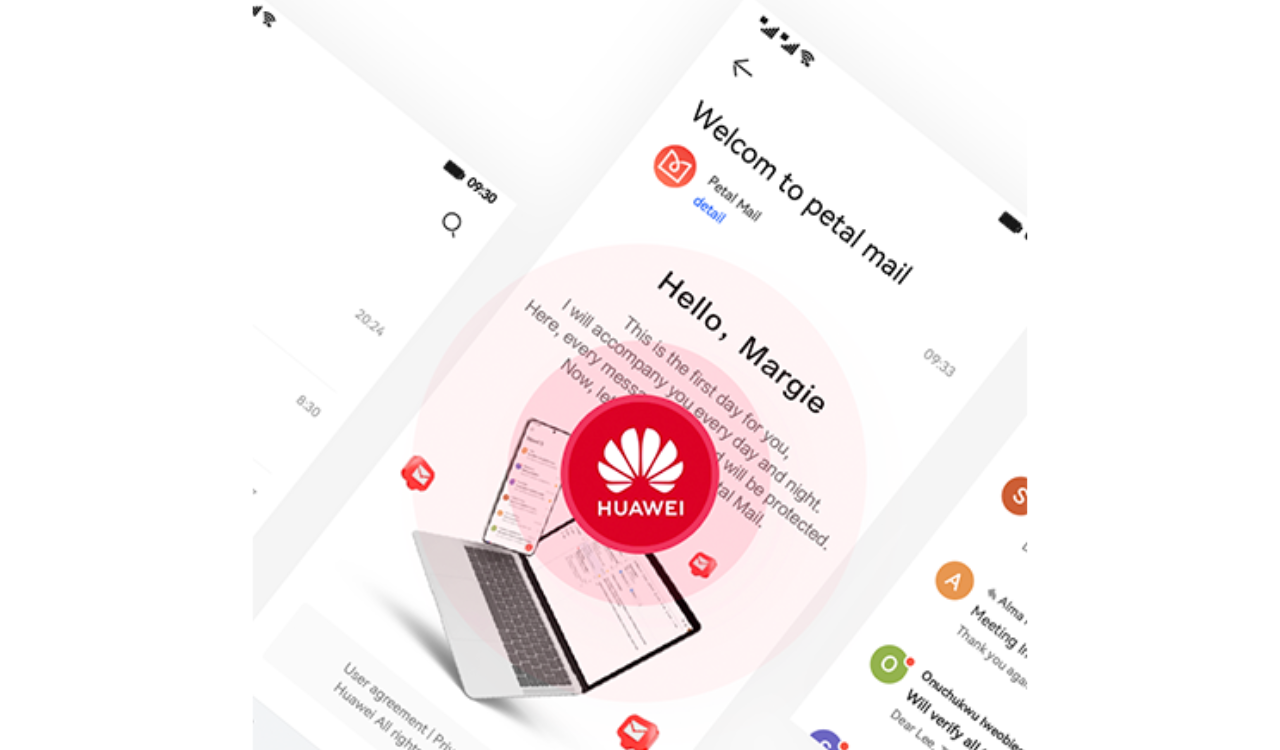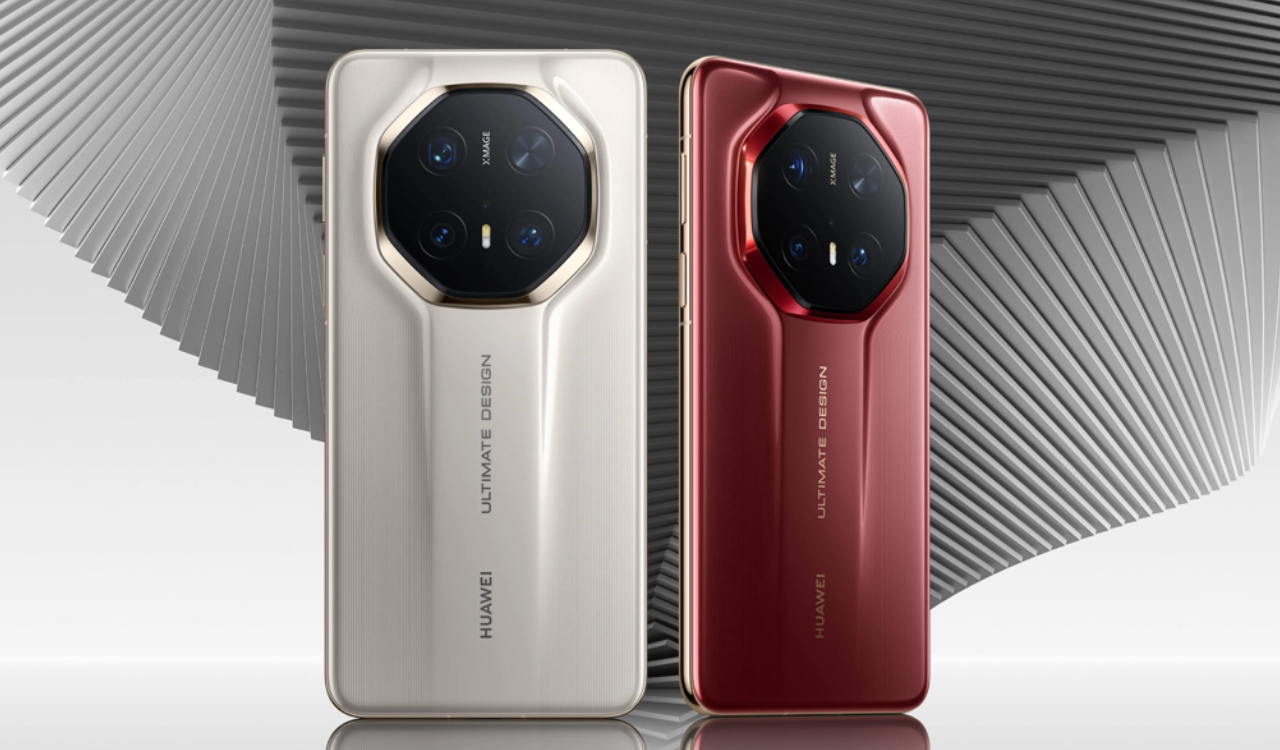Huawei News
Directional Audio Zoom: Powerful feature in the Huawei P40 Pro and P40 Pro+

Huawei’s latest P series smartphones the Huawei P40 Pro and P40 Pro+ include top-level camera innovations that radically increase phone picturization and video capture possibilities more enhanced. Directional Audio Zoom is one of the best features available in the Huawei P40 Pro and P40 Pro+, let’s explore below.
The new trio of smartphones from Huawei continues the series’ heritage of imaging excellence. Having such a large 1/1.28-inch sensor with pixel size measuring 2.44μm to highly boost light intake for enhanced low-light performance, and a new periscope design that realizes 10x true optical zoom.
In terms of core camera configuration, the Huawei P40 Series supports real-time Bokeh effects for videos. Bokeh to help highlight the main subject of the footage. The telephoto camera can capture high-quality zoom footage as well as 4K time-lapse videos.
Directional Audio Zoom:
This feature is available on the Huawei P40 and P40 Pro that allows users to zoom in on an audio source and amplify its sound at the same time.

The HUAWEI P40 Pro and P40 Pro+ feature three omnidirectional microphones that work seamlessly with self-developed beamforming algorithms to enable directional audio capture.

(Image Source- Huawei)
When the sound you want to focus on is muffled, distorted, or too far away to be heard, you can simply zoom in on the audio source via the camera, much like you would for a distant subject in a telephoto shooting. The omnidirectional microphones are then adjusted accordingly to focus on that specific sound and filter out ambient noise.

Directional Audio Zoom: Huawei P40 Pro and Pro+ (Watch the video)
Huawei News
Huawei Wins Best Network Technology Award at 2025 FutureNet Event

The FutureNet World 2025 event just completed in London, bringing together over 700 industry leaders to talk about the future of network technology. The yearly gathering attracts top executives from global telecom companies, standards organizations, and technology suppliers. For the first time ever, the event created a special “Intelligent Network Best Practice Award” – and Huawei won the prize.
The company stands for its innovative work on smart, self-managing networks. Huawei’s winning technology helps telecom companies run their networks more intelligently with less human intervention. Their solution includes smart digital assistants designed for network maintenance, improving customer experience, and business operations.
These digital helpers fall into two main categories – the Mate series and the Spirit series. The technology has already been rolled out in many countries, showing impressive results across different types of networks including IP, optical, wireless, and core systems. Speaking at the event, Wang Shaosen, who leads Huawei’s smart network solutions, shared the company’s vision: “We’re committed to developing technology that makes networks smarter.
This will help telecom companies succeed with advanced 5G services and prepare for the future of 6G connectivity.

Huawei News
Huawei Petal Mail App will no longer be available for download

According to the official information, the Huawei released the delisting announcement of its Petal Mail App. The full text of the announcement is as follows: [translated]
Thank you for your continued attention and support to the Huawei Petal Mail App. In order to better adapt to the changing needs of product experience, service content and local markets, we have made strategic adjustments to the Huawei Petal Mail App.
The Petal Mail App will officially switch to the Email App on December 31, 2024, and the Petal Mail App will no longer be available for download from the App Store. The Petal Mail App you have installed can be used normally. We apologize for the inconvenience. You can continue to view, send or receive emails in the pre-installed Email App on your Huawei phone or use a computer browser to open the Petal Mail official website ( https://www.petalmail.com ), and your emails and personal data will not be lost.

Huawei News
Huawei Mate 70 lineup repair spare parts prices announced

Huawei released the Mate 70 series of mobile phones, with a starting price of 5,499 yuan. At present, the prices of spare parts for the new Mate 70 series have been announced on Huawei’s official website.
Huawei Mate 70 lineup repair spare parts prices announced
Battery and motherboard
Mate 70
Battery — 199
12GB+256GB — 2499
12GB+512GB — 2899
12GB+1TB — 3599
Mate 70 Pro
Battery — 199
12GB+256GB — 2899
12GB+512GB — 3299
12GB+1TB — 3999
Mate 70 Pro+
Battery — 299
16GB+512GB — 4399
16GB+1TB — 4899
Mate 70 RS
Battery — 299
16GB+512GB — 6499
16GB+1TB — 6999
Camera














